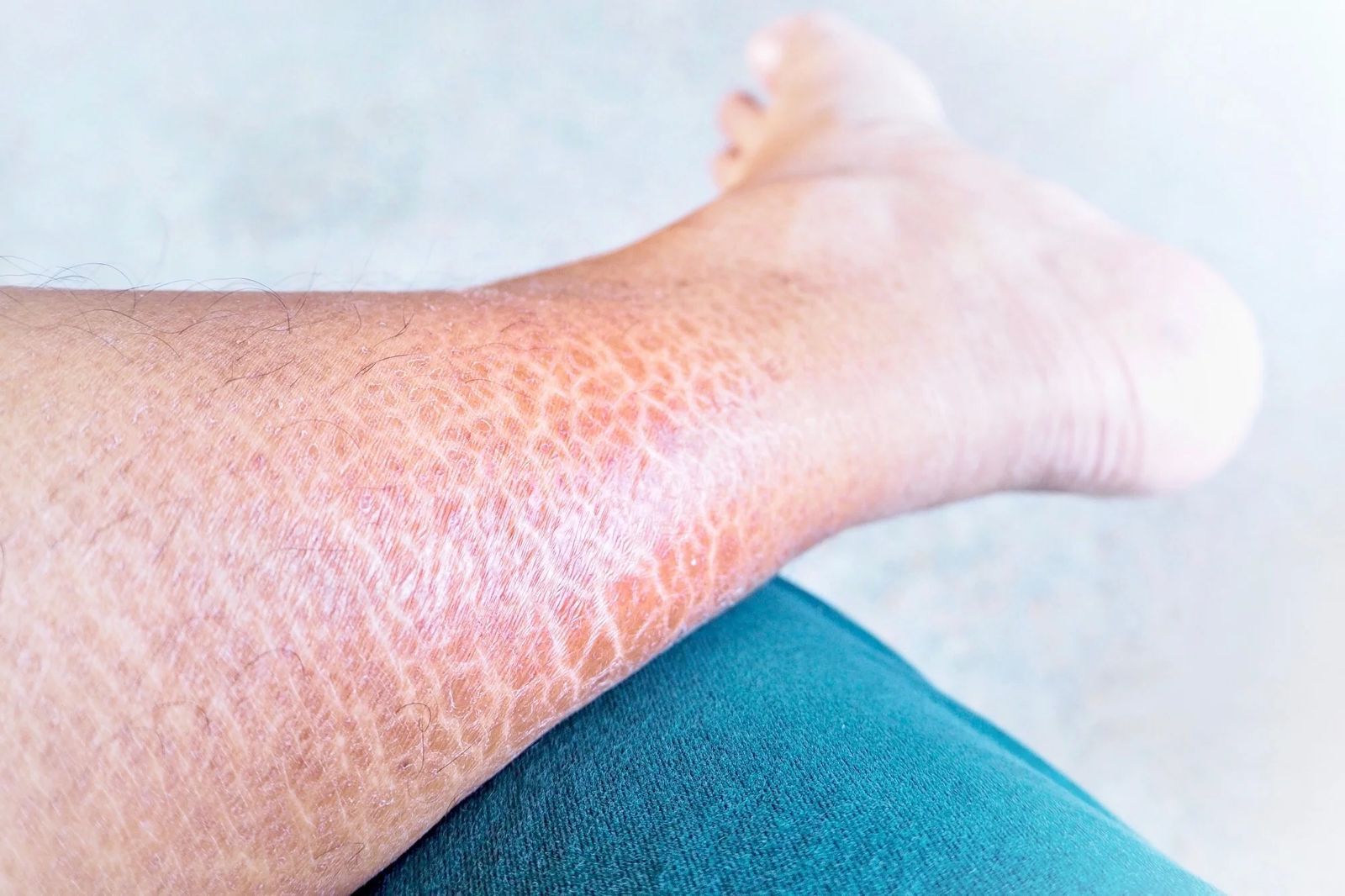
Follicular ichthyosis is a rare skin disorder that often leaves people puzzled. What exactly is follicular ichthyosis? It’s a condition where the skin cells don't shed normally, causing rough, scaly patches. These patches can appear anywhere on the body but are most common on the face, scalp, and upper arms. The scales can be small or large, and sometimes they even look like tiny spines. This disorder can be inherited or occur spontaneously. Symptoms often start in childhood and can vary in severity. While there’s no cure, treatments like moisturizers, exfoliants, and medications can help manage the symptoms. Understanding this condition can make living with it a bit easier.
Key Takeaways:
- Follicular ichthyosis is a rare genetic skin disorder causing dry, scaly skin. Treatment involves moisturizers, exfoliation, and lifestyle adjustments. Research aims to develop targeted therapies for better management.
- Living with follicular ichthyosis can impact mental health. Support groups and counseling can provide emotional support and coping strategies. Increased awareness and funding for research can lead to better treatments.
What is Follicular Ichthyosis?
Follicular ichthyosis is a rare genetic skin disorder. It affects the skin's ability to shed dead cells, leading to a buildup of thick, scaly patches. Understanding this condition can help manage its symptoms better.
- Follicular ichthyosis is a type of ichthyosis, a group of skin disorders characterized by dry, scaly skin.
- The term "ichthyosis" comes from the Greek word "ichthys," meaning fish, due to the fish-scale appearance of the skin.
- Follicular ichthyosis specifically affects hair follicles, leading to rough, bumpy skin.
Causes of Follicular Ichthyosis
The causes of follicular ichthyosis are primarily genetic. Mutations in specific genes disrupt normal skin cell shedding.
- Mutations in the KRT2 gene are often responsible for follicular ichthyosis.
- This gene provides instructions for making keratin, a protein essential for skin structure.
- When keratin production is disrupted, skin cells don't shed properly, causing scales and bumps.
Symptoms of Follicular Ichthyosis
Symptoms can vary in severity but generally include dry, scaly skin and rough patches.
- Common symptoms include thick, scaly patches of skin, especially on the arms, legs, and torso.
- The skin may appear red and inflamed due to the buildup of dead cells.
- Hair follicles can become clogged, leading to small, rough bumps known as keratosis pilaris.
- Itching and discomfort are common due to the dry, tight skin.
Diagnosis of Follicular Ichthyosis
Diagnosing follicular ichthyosis involves a combination of clinical examination and genetic testing.
- Dermatologists often diagnose the condition based on the appearance of the skin.
- A skin biopsy may be performed to examine the skin cells under a microscope.
- Genetic testing can confirm the diagnosis by identifying mutations in the KRT2 gene.
Treatment Options for Follicular Ichthyosis
While there's no cure, treatments can help manage symptoms and improve quality of life.
- Moisturizers and emollients are essential for keeping the skin hydrated and reducing scaling.
- Keratolytic agents, like salicylic acid, can help remove dead skin cells.
- Topical retinoids may be prescribed to promote skin cell turnover.
- In severe cases, oral retinoids can be used to reduce scaling and improve skin texture.
- Regular exfoliation can help remove dead skin cells and prevent buildup.
Living with Follicular Ichthyosis
Managing follicular ichthyosis involves daily skincare routines and lifestyle adjustments.
- Consistent use of moisturizers is crucial for maintaining skin hydration.
- Avoiding harsh soaps and hot water can prevent further drying of the skin.
- Wearing loose, breathable clothing can reduce irritation and discomfort.
- Humidifiers can add moisture to the air, helping to keep the skin hydrated.
- Sun protection is important, as the skin may be more sensitive to UV rays.
Psychological Impact of Follicular Ichthyosis
Living with a visible skin condition can affect mental health and self-esteem.
- People with follicular ichthyosis may experience anxiety and depression due to their appearance.
- Social interactions can be challenging, leading to feelings of isolation.
- Support groups and counseling can provide emotional support and coping strategies.
Research and Future Directions
Ongoing research aims to better understand and treat follicular ichthyosis.
- Scientists are studying the genetic mutations that cause the condition to develop targeted therapies.
- New treatments, such as gene therapy, are being explored to correct the underlying genetic defects.
- Clinical trials are testing the effectiveness of novel medications and skincare products.
- Increased awareness and funding for research can lead to better treatments and improved quality of life for those affected.
Final Thoughts on Follicular Ichthyosis
Follicular ichthyosis, a rare skin condition, affects many lives. Understanding its symptoms, causes, and treatments can make a big difference. This condition, marked by dry, scaly skin, often starts in childhood. Genetic mutations usually cause it, but environmental factors can worsen it. While there's no cure, treatments like moisturizers, retinoids, and keratolytic agents help manage symptoms. Regular check-ups with dermatologists are crucial for effective care.
Living with follicular ichthyosis can be challenging, but support from family, friends, and healthcare professionals makes it easier. Awareness and education about this condition can lead to better management and improved quality of life. Sharing knowledge about follicular ichthyosis helps build a supportive community for those affected. Stay informed, seek help when needed, and remember, you're not alone in this journey.
Frequently Asked Questions
Was this page helpful?
Our commitment to delivering trustworthy and engaging content is at the heart of what we do. Each fact on our site is contributed by real users like you, bringing a wealth of diverse insights and information. To ensure the highest standards of accuracy and reliability, our dedicated editors meticulously review each submission. This process guarantees that the facts we share are not only fascinating but also credible. Trust in our commitment to quality and authenticity as you explore and learn with us.
